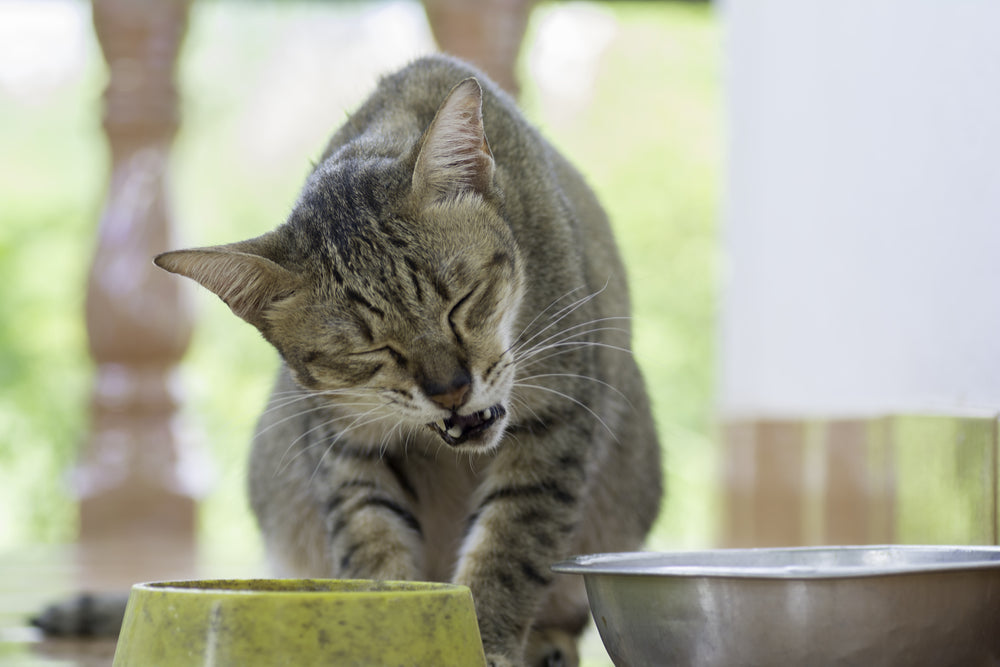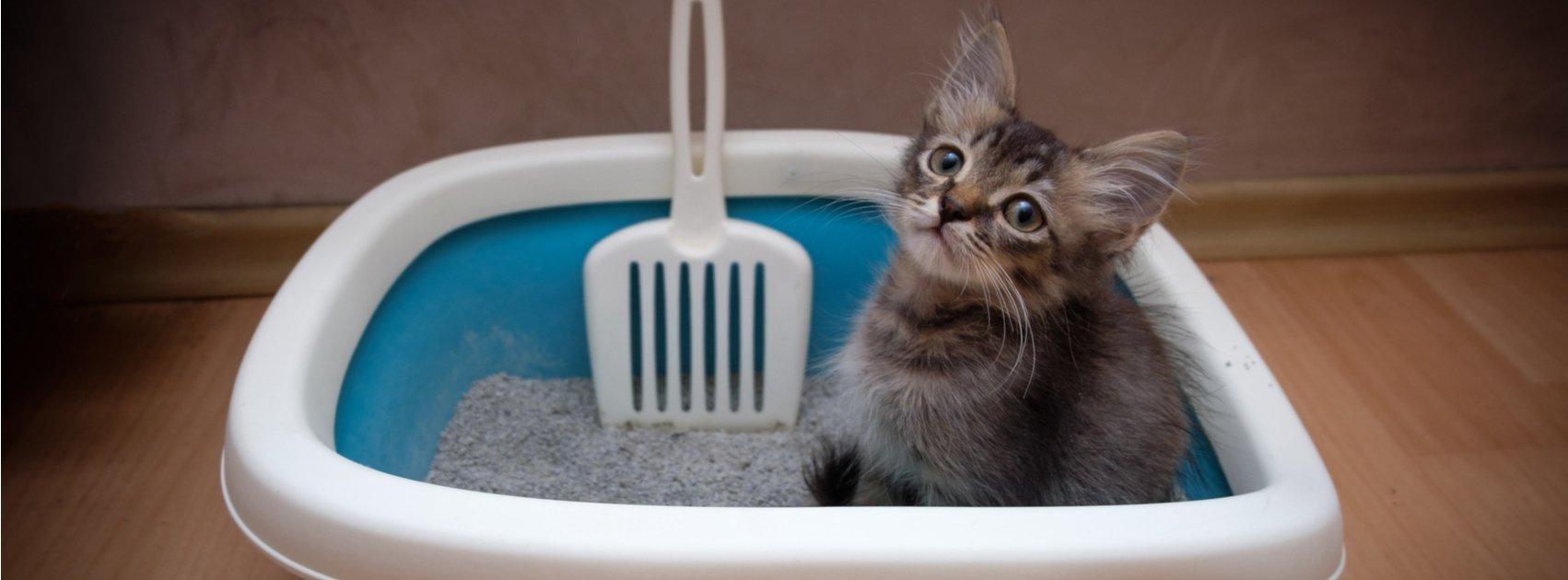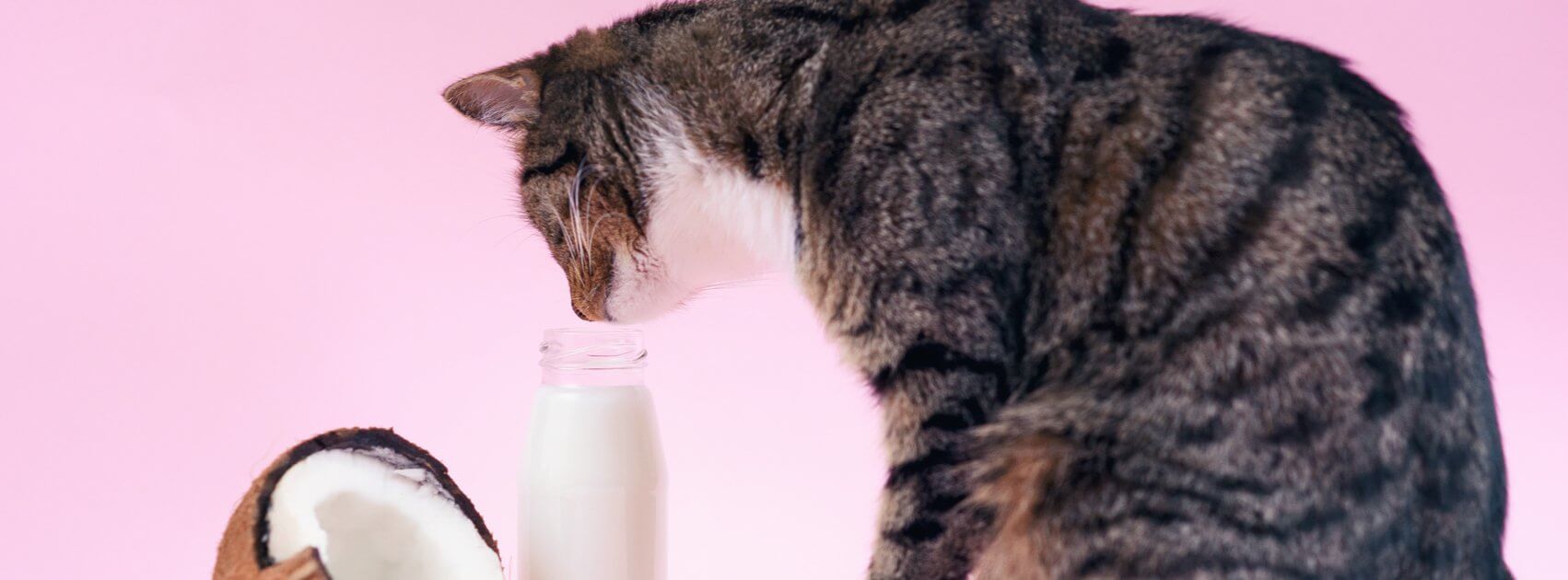Litter Box Training and Maintenance for Cat Owners
If you have a cat, you have the need for a litter box.
Though taking care of a litter box is likely not your favorite part of having a feline friend, it is a necessity for your cat’s health and hygiene. Most cats use the litter box without much of a problem as long as it is maintained well.
In some cases, however, you may run into issues… Read below for tips on litter box training, litter box maintenance, and what to do if your cat is not using the litter box as usual.
Litter Box Training
For kittens… If you have a new kitten that spent enough time with their mother and was kept indoors, they might already know how to use the litter box, which means you won’t have to do much in terms of litter box training. Young cats learn from their mothers how to act like a cat, and one of those behaviors that they pick up on is how to use a litter box.
A kitten will see their mother scratching the litter, eliminating, and covering up their waste and will do the same thing. In this case, all you need to do is show the kitten where the litter box is in your home and make sure that the sides are low enough for them to get in and out of without assistance.
For older cats… An older cat that lived in a house before moving in with you is a similar case and likely won’t require much litter box training either. Try to get a plastic bag of their used litter from the previous owner and mix that in with your new litter box.
The cat will know what to do once you show them where the litter box is.
For previously outdoor cats… The challenge comes when you have a cat that has not lived indoors and isn’t familiar with using a litter box. In this case, you will need to restrict where your cat can go until they learn to use the box. Cats are instinctively clean animals, and they will not eliminate where they are eating or sleeping.
Some helpful litter box training tips are as follows:
- Use a large dog crate to contain your new cat for the first couple of days.
- Place the litter box on one side and the food and water on the other side.
- Also, provide a blanket or a cat bed so your kitty has somewhere to sleep. Place it away from the litter box.
Most cats will use the box if it is the only option they have that is not near the food and water dishes or bed. You can encourage your cat to use it by gently coaxing their paw into scratching the litter.
Cats instinctively scratch the litter before and after eliminating, so this will help your cat understand what to do. Once they’ve used the box several times, you can move them and all of their items (including the litter box) into a small spare bedroom or a bathroom to be sure that they will still use the litter box when they have more room.
Once they do, you can begin giving them free rein of the house.
Litter Box Maintenance

Daily maintenance
- Twice per day, or after your cat has a bowel movement (if you see it happen), use a cat litter scoop to remove the solid waste.
- If you are using clumping kitty litter, you can also scoop out the urine that has congealed into a ball. If not, try to remove the wet kitty litter that you notice.
- Add more litter as needed.
Weekly maintenance
- Once per week (or more often if you have more than 1 or 2 cats or if your cat has diarrhea), you will need to dump all of the litter out into a sturdy garbage bag.
- Use water and mild soap to wash out the litter box, then be sure it is completely dry before refilling with fresh litter. Many cat owners find that it is best to keep a spare litter box on hand so they can allow the freshly cleaned one to dry in the sun or outdoors for a few hours. Then the spare litter box can be filled with fresh litter and put back for the cat to use.
- The following week, the spare box will be the one air-drying while the original box, which will be clean and completely dry, can be used.
Choosing a kitty litter brand can be a matter of trial and error. If your cat is used to a certain type, stick with that at first, then you can gradually switch from the old brand to a new brand, if desired.
Many owners prefer clumping clay cat litter, but others like the kind that does not clump. There are other options, too, such as recycled paper or litters made from corn or pine. Take your cue from your cat: It is possible that if one type does not appeal to them, they will accept another type.
Solutions to Litter Box Issues
If your cat stops using the litter box, first be sure that it is clean and that it is the type of litter they prefer. If you purchase the scented version when you normally get the unscented type, that could be enough to turn them off. Don’t make any sudden changes.
Next, make sure that the litter box is clean. Many cats will refuse to use a litter box that is not clean because they won’t want to step on soiled litter. If your kitten has grown and is now not using the box, it is possible that the box is too small for them. Switch to
a larger one and see if that helps. If these methods don’t improve matters, take your cat to the veterinarian. Not using the litter box can be a sign of various illnesses, so your vet should take a look to see what the trouble is.









